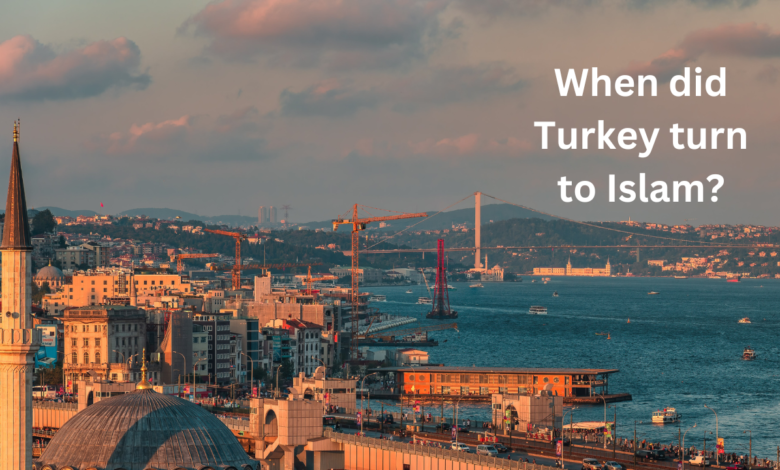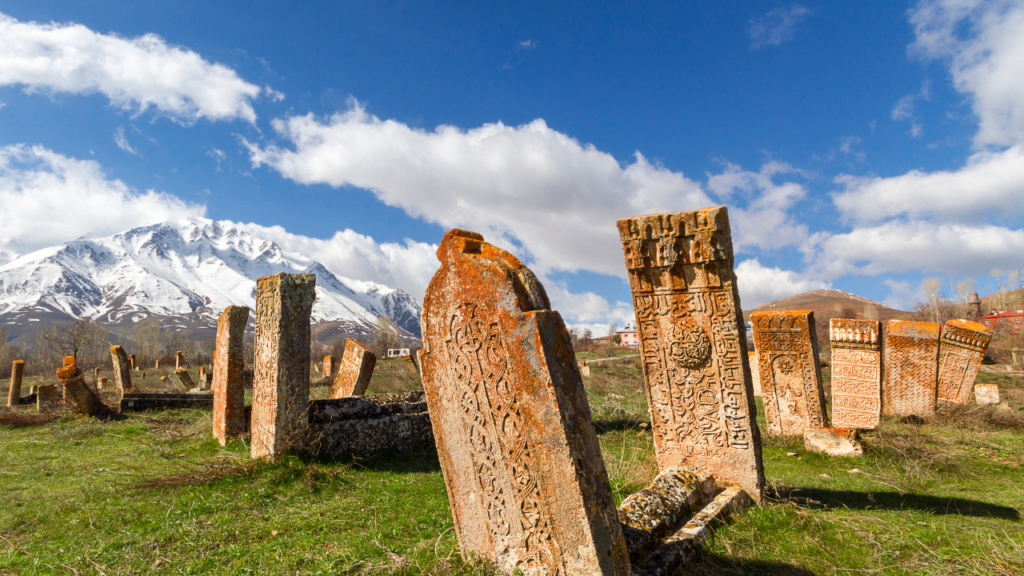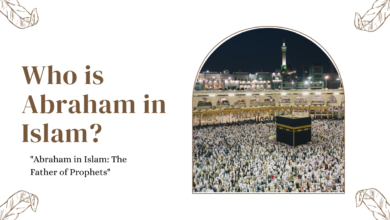When did Turkey turn to Islam?

When did Turkey turn to Islam?

Introduction
The history of Turkey is a tapestry woven with threads of various cultures, religions, and civilizations. One of the most significant chapters in this historical narrative is the conversion of Turkey to Islam. This profound transformation spans several centuries and encompasses a complex interplay of political, social, and cultural factors. From the early penetration of Islam to the establishment of the Ottoman Empire and the subsequent modernization efforts, the Islamic identity of Turkey has evolved in dynamic ways.
Early Encounters with Islam
The process of Islamization in Turkey can be traced back to the 7th century when the Arab Muslims began their expansion into the Byzantine territories. During the reign of the Umayyad Caliphate, the Arab forces captured areas that are now part of modern-day Turkey. This marked the initial contact between the Islamic faith and the Anatolian region. Over time, traders, scholars, and missionaries facilitated the dissemination of Islamic ideas, gradually influencing local populations.

The Rise of the Seljuk Turks
A pivotal moment in Turkey’s journey toward Islamization was the arrival of the Seljuk Turks in the 11th century. The Seljuks were a nomadic Turkic group that embraced Islam and migrated westward. They established the Sultanate of Rum, centered in Anatolia. As they expanded their domain, they brought Islamic customs, governance, and architecture, contributing to the gradual transformation of the region.
The Ottoman Era
The most significant phase of Islamization in Turkey came with the rise of the Ottoman Empire in the 13th century. The Ottomans, who were originally a small principality, grew into a powerful empire that spanned across three continents. The conversion of the ruling elite to Islam paved the way for its adoption as the state religion. The Ottomans integrated Islamic principles into their governance, law, and cultural practices.
Under the Ottoman Empire, Turkey became a center of Islamic learning and culture. The construction of magnificent mosques, madrasas, and other Islamic architectural marvels transformed the landscape of cities like Istanbul. The Ottoman rulers saw themselves as protectors of the Islamic faith and the custodians of holy sites, earning the title of the “Caliph of Islam.”
Modernization and Secularization
The early 20th century brought a radical shift in Turkey’s trajectory with the advent of the Republic of Turkey under the leadership of Mustafa Kemal Atatürk. Atatürk aimed to modernize and secularize the country, breaking away from the Islamic legacy of the Ottoman Empire. As part of his reforms, Islamic institutions were restructured, religious attire was restricted, and Arabic script was replaced with the Latin alphabet.
This period witnessed a redefinition of Turkey’s identity, emphasizing its status as a secular nation-state. While Islam continued to hold a significant place in the lives of many Turks, its role in public life was diminished.
Contemporary Landscape
In recent decades, Turkey has experienced a resurgence of Islamic influence in its political and cultural spheres. The Justice and Development Party (AKP), which came to power in 2002, has promoted a more visible Islamic identity and advocated for the rights of religiously conservative citizens. Mosques have been built, and Islamic education has gained prominence.
However, this shift has also sparked debates about the balance between secularism and religious conservatism in Turkish society. Discussions over the extent to which Islamic values should influence legislation and public policy continue to shape the nation’s identity and trajectory.
Conclusion
The journey of Turkey toward Islamization is a multifaceted tale marked by historical, cultural, and political dynamics. From its early encounters with Islam to the establishment of the Ottoman Empire and the subsequent secularization efforts, Turkey’s identity has evolved significantly. As the country navigates the complexities of its past and present, the interplay between its Islamic heritage and its modern aspirations continues to shape its trajectory on the global stage.
FAQs about the Conversion of Turkey to Islam
When did Turkey convert to Islam?
Turkey began its gradual conversion to Islam after the Battle of Manzikert in 1071. The official adoption of Islam as the state religion and the subsequent conversion of the population took several centuries.
What was the significance of the Battle of Manzikert in Turkey’s conversion to Islam?
The Battle of Manzikert marked a turning point in Turkish history, as it led to the gradual influx of Turkish tribes into Anatolia and the eventual conversion of the population to Islam.
Were Turks already Muslims before coming to Anatolia?
No, many of the Turkish tribes that migrated to Anatolia were originally followers of various forms of Turkic paganism, shamanism, or other religions. The conversion to Islam happened over time after their arrival in Anatolia.
How long did the conversion process take?
The conversion process spanned several centuries. While the Battle of Manzikert in 1071 marked the initial entry of Turks into Anatolia, the widespread conversion of the population took place over the subsequent centuries, with the Seljuk and Ottoman periods playing significant roles.
Which Islamic groups influenced Turkey’s conversion?
The Seljuk Turks and later the Ottoman Empire played significant roles in promoting the conversion of Turkey to Islam. They introduced Islamic laws, institutions, and practices that gradually integrated with the existing cultural and social structures.
Were there any resistance or challenges during the conversion process?
Yes, there were instances of resistance to the conversion process, particularly from the existing Byzantine Christian population. However, over time, Islam became the dominant faith due to various factors, including political, social, and economic changes.






